One in six top 500 firms have ‘related’ CMDs
By Ashley Coutinho
One in six, or seventy nine, of the top 500 companies listed on the NSE have their family members or relatives as both chairperson and managing director or chief executive officer.
In addition, 146 companies have the same person serving as both the chairman and managing director (CMD), data fromprimeinfobase.comshows.
“bout three-quarters of the promoter-owned companies would have relatives or family members as CMDs. In some instances, you could have even 3-4 family members sitting on the boards, which is alarming,” said Shriram Subramanian, founder and MD, InGovern Research Services.
According to experts, a lot of promoters put in their blood, toil and sweat to run the companies and it is only natural to not want to cede control. This also helps in succession planning, where the senior member usually moves into the role of chairperson and a younger member of the family is placed as the CEO.
That said, family members have to be competent and have the required expertise that is in line with the role. “The member needs to have a buy-in from both internal (senior management) and external stakeholders. It is said that family-owned companies have more skin in the game but that presumes that there are no related-party transactions in the firm,” said Subramanian.
“Having family members at the helm could still work if there is a robust and independent governance framework in the company, which includes specialised policies covering operations, governance and decision making, selecting the right (but independent decision-makers) to administer such policies, an effective mechanism to monitor compliance and lastly an impartial mechanism to redress grievances,” added Arjun Paleri, partner, BTG Legal.
Also Read: Bond market investors should invest in infra assets: Crisil
The Dodd-Frank Wall Street Reform and Consumer Protection Act requires listed companies in the US to disclose and explain their chairman-CEO structure, whether or not one or two people hold the roles. The requirement has increased shareholders’ attention to governance, said experts.
“The regulator is dealing with a related problem as well. Family offices are not registered by Sebi as a category of AIF, REITs, PMS or Investment Advisors or in any other capacity. There have been cases where promoter family offices are investing in the material subsidiary companies, bringing conflict of interest,” said Sumit Agrawal, managing partner, Regstreet Law Advisors.
In February, Sebi had decided to make splitting of the CMD posts by the top 500 listed entities voluntary after a pushback from India Inc.
“It was unfortunate to see the diktat getting rolled back,” said Pranav Haldea, managing director at PRIME Database.
“The CMD norms were a step in the right direction as they would have avoided concentration of power in the hands of one individual or family. It was not difficult to implement, especially considering the time which was given to companies, but the move would have meant ceding significant control. Hopefully, it will see the light of the day in the not so distant future.”
Indian companies have been known to come up with workarounds to regulatory requirements in the past. When the regulator made it compulsory to have a woman director on the board, for instance, a large number of companies complied only a week before the deadline, and that too by appointing their sisters, daughters and mothers on the board defeating the spirit behind the regulation.
“Had Sebi gone ahead with the diktat to split the CMD post, my sense is that companies would have found a workaround by appointing a friendly independent director as the non-executive chairperson of the company and retaining the MD position,” said Haldea.
A single person holding a dual role could have repercussions of its own, said Agrawal. For instance, when Carlos Ghosn, erstwhile CEO and chairman of Nissan Motor, was arrested, its partner company Renault SA found it difficult to find a replacement. Similarly, in another instance, Tesla chief executive Elon Musk was asked to step down as its chairman and the company was told to add two independent directors by the US SEC. “Such issues become more complex in case of family-driven boards,” said Agrawal.
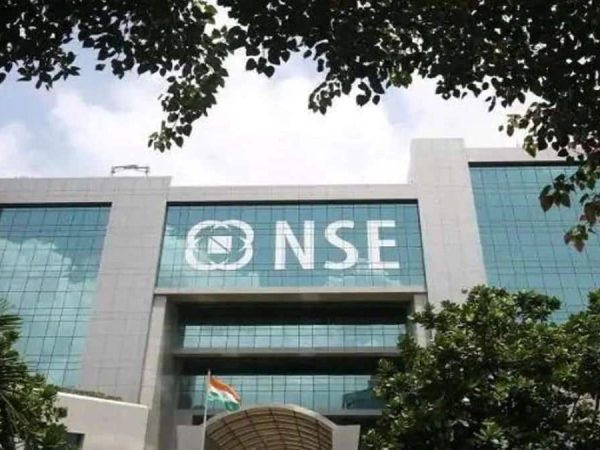
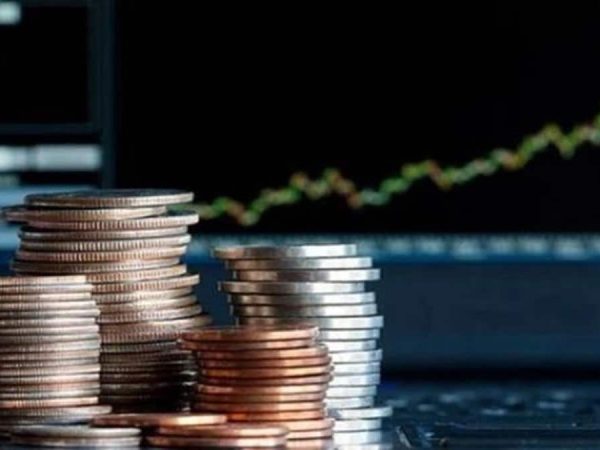
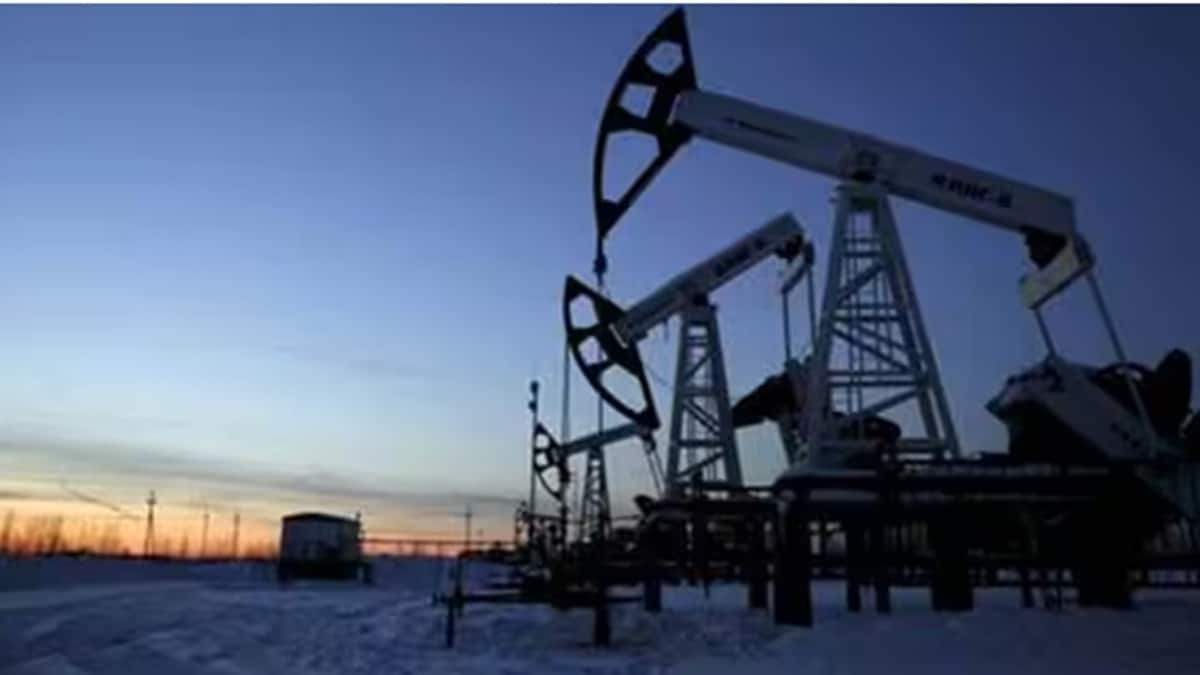
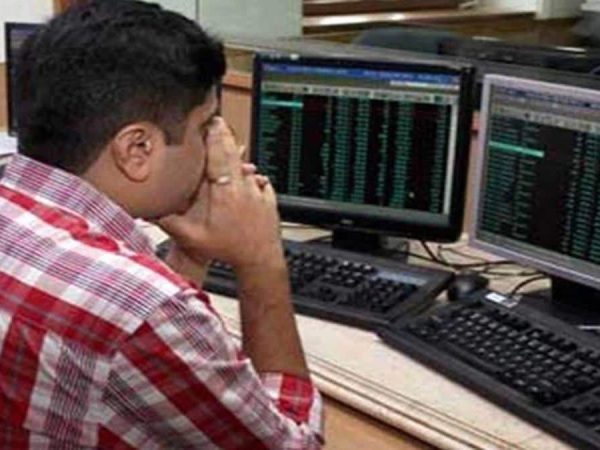
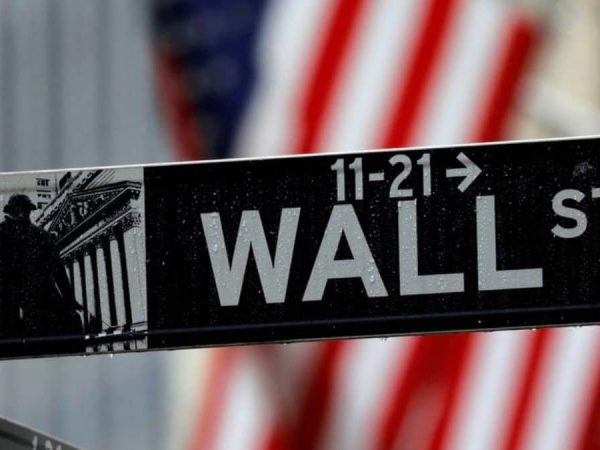
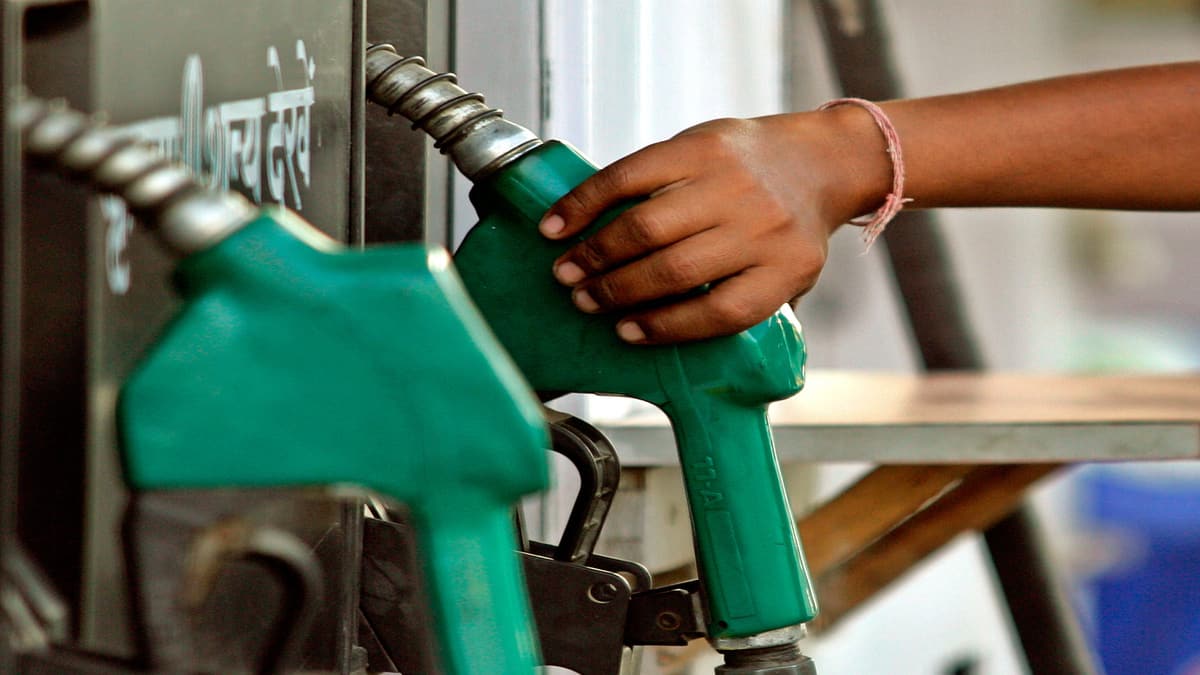
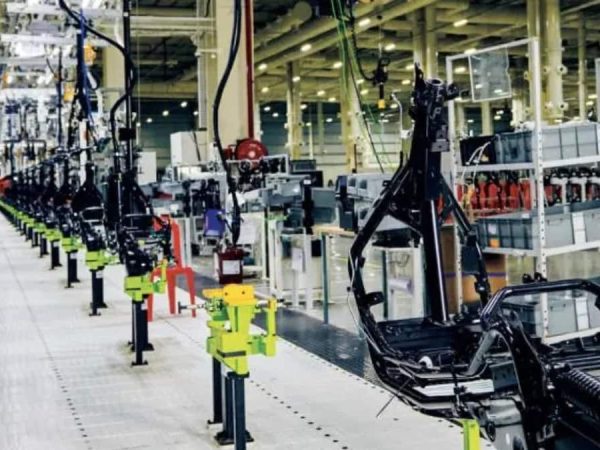
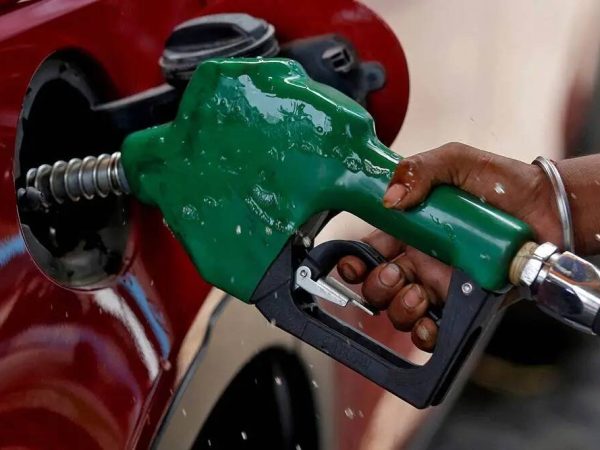
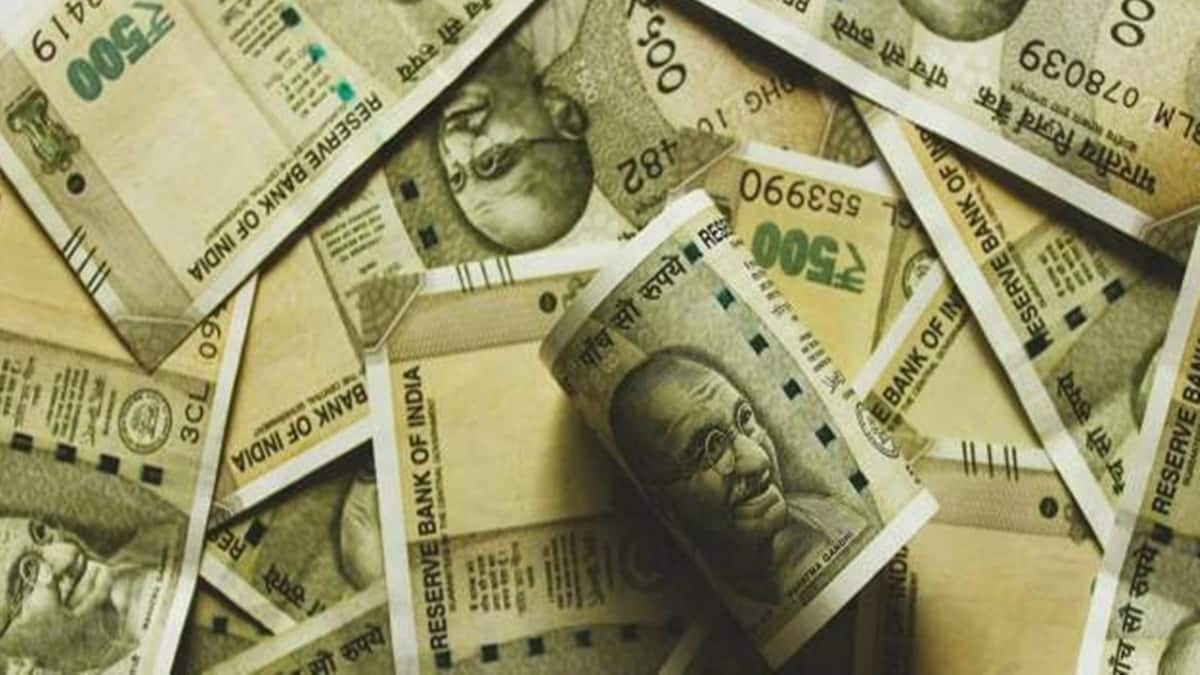
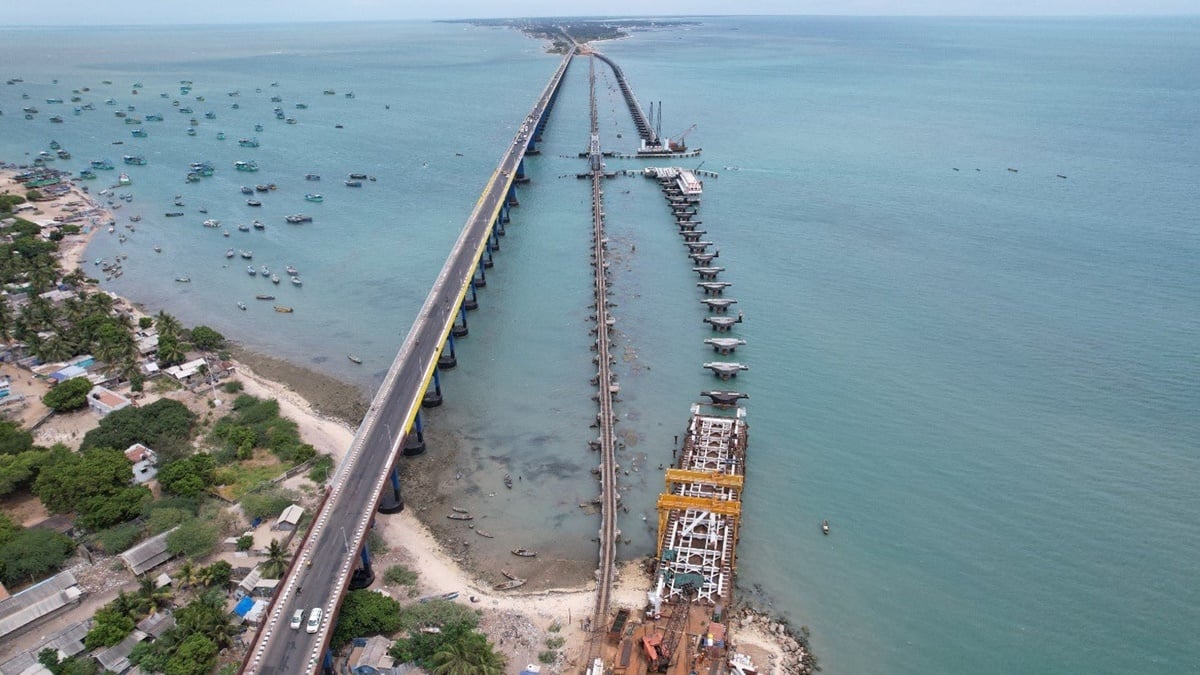
Recent Comments